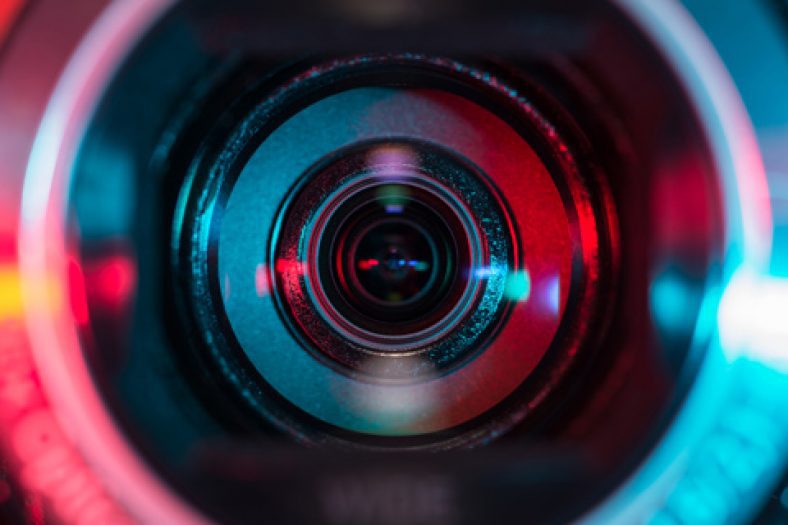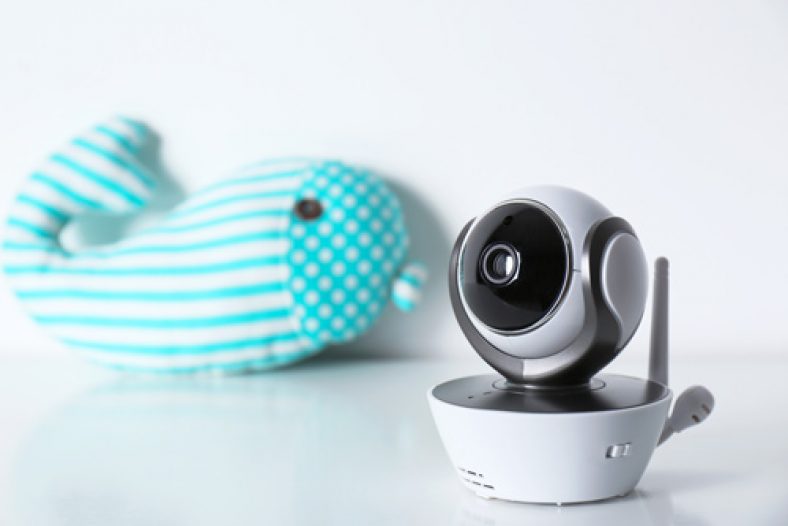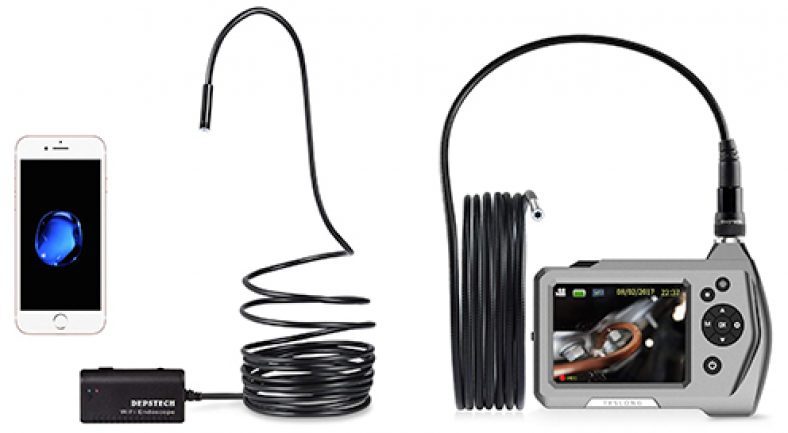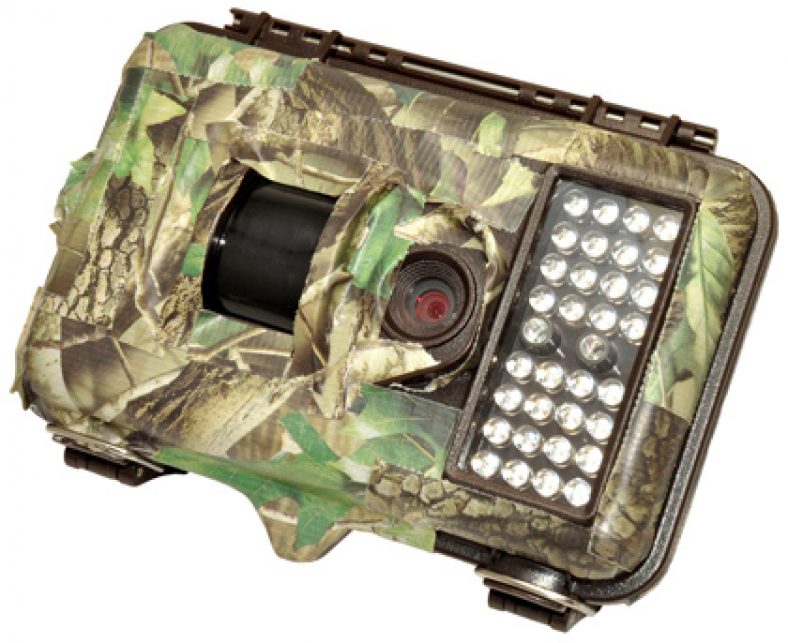Whether you are a singer, a podcaster, or a competitive gamer, proper microphone maintenance is essential to guarantee its longevity and proper functioning. However, even if you take good care of it, some microphones have a tendency to emit a foul odor.
But what exactly is the cause of that odor, and how do you remove it? In this article, we are going to tell you all about why do microphones smell and how you can properly clean and maintain your microphone.
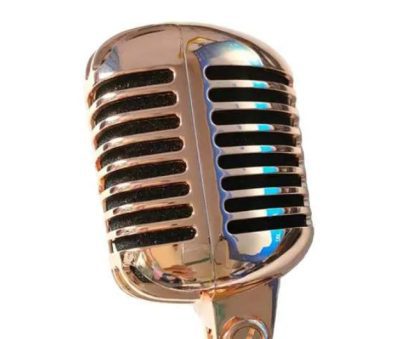
Types of microphones
Before we can get started understanding why your microphone might be smelly and what are the proper steps to get rid of that smell, it’s important to know that not every microphone is the same. Besides being adequate for different tasks, microphones can also be built differently depending on their type.
Essentially, there are three types of microphones: cardioid, omnidirectional and bi-directional.
- Cardioid microphones are the most common type. These microphones are unidirectional and only capture sound from one direction. The range in that direction can vary depending on the type of cardioid microphone. Shotgun microphones, for example, only capture sounds that are directly in front of them.
- Omnidirectional microphones, as the name indicates, pick up sound from every possible side. While these microphones can be great for a musician’s studio sessions, they are not very good for most cases due to the fact that they capture everything around the microphone.
- Bi-directional microphones are the middle ground between the other two types. They capture the sound coming from the left and right sides equally, but reject the sound coming from the front and the back.
But there’s something else that we need to consider besides the type of microphone: its guts.
Dynamic, condenser, and ribbon—how the inside of the microphone also makes a difference
While microphones are technically categorized by how they capture sound, there is also another common distinction that goes beyond the direction of the sound they capture—how they process sound and convert it to an electric signal.
Most standard microphones are dynamic microphones. These microphones use electromagnetic induction to transform the sound waves into an electric signal and have a lower chance of distorting the sound they capture. However, they are also less sensitive. They are great for live performances and other general settings.
Condenser microphones, on the other hand, are highly sensitive and use electrostatic technology to convert sound waves. For that reason, they require an external power source, even though nowadays most condenser microphones are able to pull the required charge when they are plugged in (something called “phantom power”).
While they are technically dynamic microphones, ribbon microphones are considered a different category because they provide a very different sound than their general counterparts. These microphones are very delicate and provide a very natural sound.
Why does my microphone smell?
Even in a very sterile studio setting, microphones are subject to lots of abuse. Think about it: the close proximity of the singer to the microphone will invariably result in spittle and other particles ending up on the microphone.
While it is worse if the singer has bad breath, even the cleanest of breaths will end up leaving a stinky residue after a while. Add on the fact that some people practically shove the microphone entirely in their mouths when they are singing, as well as the ambient conditions of live venues (smoke and other contaminants), and you have a perfect recipe for a smelly microphone.
High humidity and improper storage conditions can also result in a stinky microphone. But how exactly can you fix it?
How to maintain your microphone
If you want to have a clean microphone, it’s important that you properly maintain it. While the general steps to sanitize a microphone are the same regardless of its type, some microphones may require an additional step or two.
Basically, to guarantee your microphone doesn’t have any foul smells, you need to clean it thoroughly. However, not every type of microphone can be cleaned the same way.
How to clean dynamic microphones
To properly clean a dynamic microphone, you first need to unscrew the grille and wash it with water and detergent. It is important to let the grille dry completely before screwing it back on.
If your dynamic microphone does not have a screwable grille, then you need to clean it with a damp cloth or a toothbrush. It’s essential to hold the microphone upside down to protect its internal components from any humidity.
If the grille has sticky lipstick residue that won’t come off, consider using makeup removal wipes.
How to clean condenser microphones
Condenser microphones are very sensitive and require additional care. You should always store your microphone in a bag (or cover it up) when not using it to prevent dust and other particles from getting inside the capsule.
You should also always use a pop filter to prevent spittle from entering the microphone.
If your condenser microphone smells, you can remove the grille and the windscreen and wash them both. Don’t forget to let the components dry before you place them back on the microphone.
How to clean ribbon microphones
Ribbon microphones are very fragile instruments. Since they are very delicate, they can be hard to clean, and you might need professional assistance. However, if you are determined to do it on your own, here’s what you need to do:
- Open up the microphone and slip away the metal case.
- Remove the grille capsule carefully and wash it with water and detergent.
- Once the components are dry, reassemble the microphone.
While the steps might not seem difficult, remember that the components are very sensitive and that you can easily damage them while cleaning the microphone.
Things to avoid when cleaning your microphone
While cleaning your microphone is important to guarantee it doesn’t have any smells, there are some products you need to avoid:
- Products that have bleach or hydrogen peroxide
- Standard hand sanitizer
- Brushes with hard bristles
- Scalding hot water
You should also guarantee that every component is dry before you reassemble the microphone.
Do you need to replace a smelly microphone?
If, after following these tips, your microphone continues to smell and you can’t figure out what the source of the smell might be, then it might be time for an upgrade.
If you have a newly bought microphone, then you should also consider returning it. While it is a rare occurrence, some microphones may come with a foul smell from the factory that is almost impossible to get rid of.

